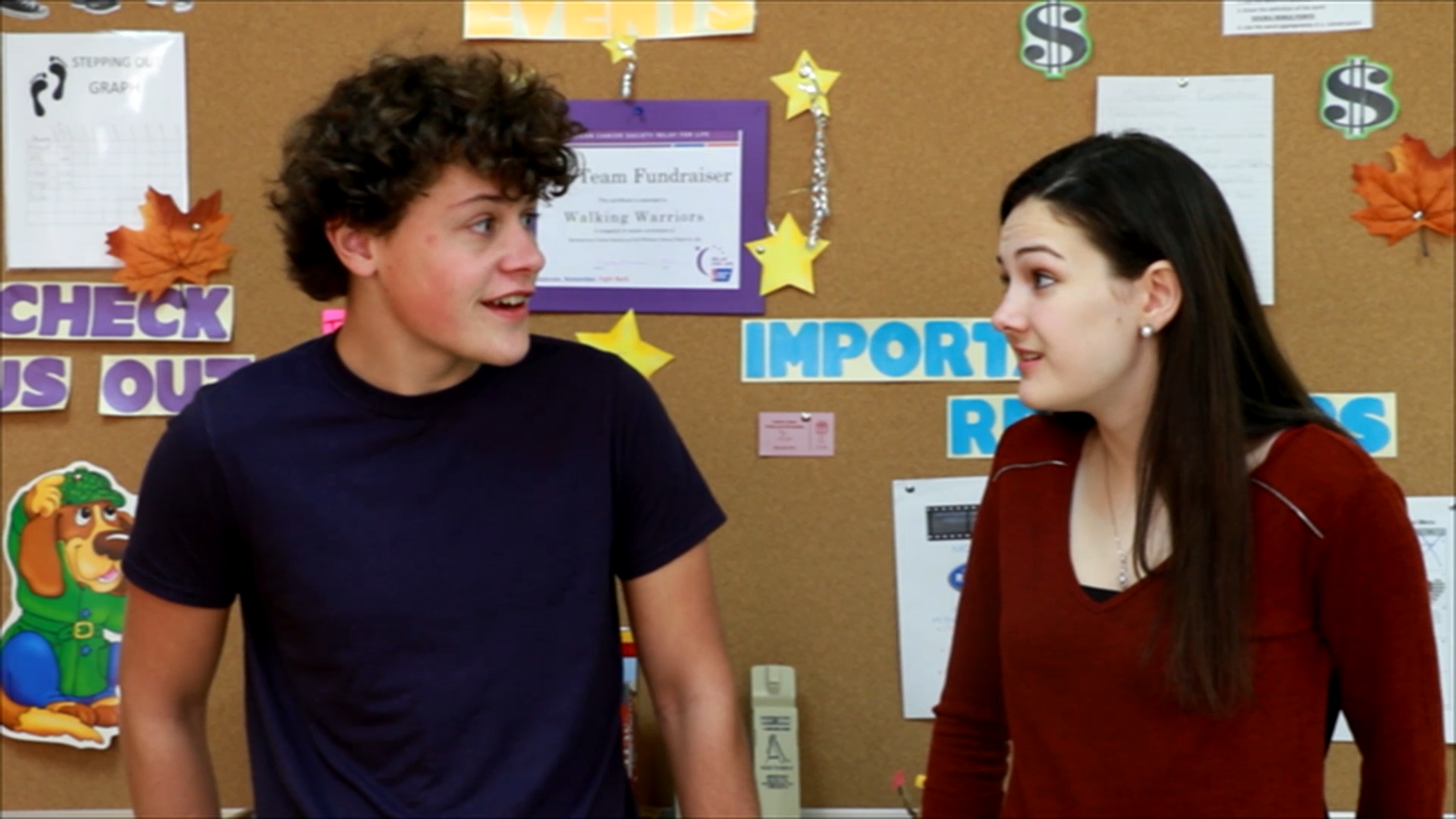
Introduction
Social-emotional learning is a vital aspect of a child’s education, especially in early years. One skill that falls under this umbrella is understanding and expressing excitement through tone of voice. When children learn to recognize and use different tones of voice, they are better equipped to communicate their emotions and understand the emotions of others. This blog post will provide educators with a no-prep activity, discussion questions, and related skills to help kindergarteners develop this essential skill.
No-Prep Activity
An effective way to teach kindergarteners about tone of voice and excitement is through a fun, interactive, and no-prep activity. In this activity, the educator will read a short story or passage aloud to the class while intentionally altering their tone of voice to convey different emotions, such as excitement, sadness, or frustration. After reading the story, ask the students to identify the emotions they heard based on the tone of voice used.
For example, the educator can read the conversation between Kate and Tyler about the Olympics, emphasizing excitement in their tone of voice when discussing the pole vault event. This will help students recognize how tone of voice can express excitement and encourage them to practice using an excited tone when sharing their own experiences.
Discussion Questions
- How can you tell when someone is excited by the way they talk? What changes in their voice?
- Why is it important to use the right tone of voice when expressing our emotions? How can it affect the way others understand us?
- Can you think of a time when you were excited and your tone of voice showed it? How did the people around you react?
- What are some other emotions we can express through our tone of voice? How can we practice recognizing and using different tones to convey these emotions?
Related Skills
In addition to understanding and expressing excitement through tone of voice, there are other social-emotional skills that are important for kindergarteners to develop. These skills include:
- Active listening: Paying attention to what others are saying and responding appropriately.
- Empathy: Understanding and sharing the feelings of others.
- Nonverbal communication: Using facial expressions, body language, and gestures to convey emotions and meaning.
- Self-awareness: Recognizing and understanding one’s own emotions and how they affect our behavior.
Next Steps
Developing social-emotional skills, such as tone of voice and excitement, is crucial for young learners. By incorporating these concepts into your classroom, you are helping your students grow into empathetic and effective communicators. To further support your efforts, sign up for free sample materials from Everyday Speech, which offers a variety of resources designed to help teach these important skills.

